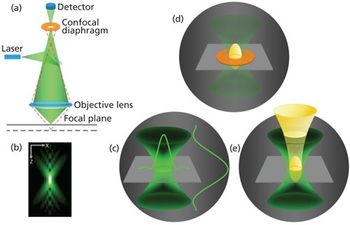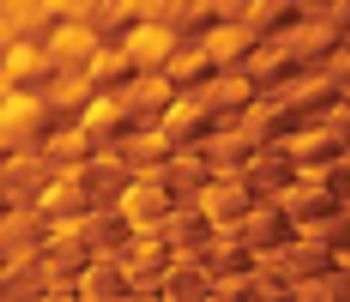
Spectroscopy
Part III of this series discusses the principle of least squares

Spectroscopy
Part III of this series discusses the principle of least squares

Spectroscopy
A big question in forensic science today is, “How do we best report uncertainty?” The answer to which approach is “best” turns out to be surprisingly complex, for many reasons.

Spectroscopy
When characterizing microscale objects using a Raman microscope, certain basic practical aspects of analytical instrument performance and experimental design should be taken into consideration.

Spectroscopy
Raw data is a term that is often used in both good manufacturing practice (GMP) and good laboratory practice (GLP) laboratories but can create confusion and misunderstanding. What exactly does it mean and what records are within the scope of the term?

Spectroscopy
Raman spectra of celluloses modified for use in the pharmaceutical, food, and materials industries will be compared and analyzed, with the goal of determining spectroscopic features that can be of use in aiding in the determination of physical and chemical properties.

Spectroscopy
Now that we have completed our discussion of benzene rings and the infamous “benzene fingers,” the next topic on our hydrocarbon hit parade are carbon-carbon double and triple bonds. C=C bonds, otherwise known as alkenes, come in six different structural isomer types, while triple bonds, known as alkynes, come in two varieties. This column provides you with all the tools you need to distinguish all of these different types of molecules from each other.

Spectroscopy
Hard disk manufacturing requires high levels of precision at nanometer scale for the production of a repeatable product with high memory density. Because hard disks are dependent upon magnetic properties to read and write to each memory unit, the disk has a layered structure comprised of magnetic and nonmagnetic materials. Over the last two decades, extensive work has been done by hard disk manufacturers to reduce grain size, which enables smaller, but consistent magnetic domain sizes and distinct boundaries. This movement toward tighter anufacturing tolerances requires advanced techniques for characterization. Compositional depth profiling with GD-AES enables precise characterization of the size of these thin layers of material.

Spectroscopy
Click the title above to open the Spectroscopy November 2016 regular issue, Vol 31 No 11, in an interactive PDF format.